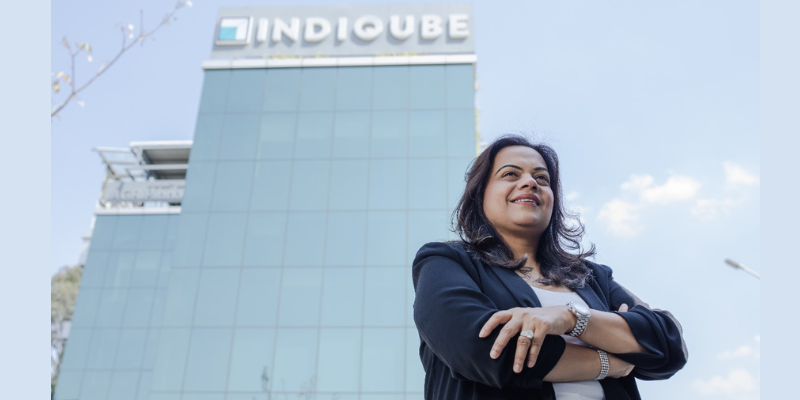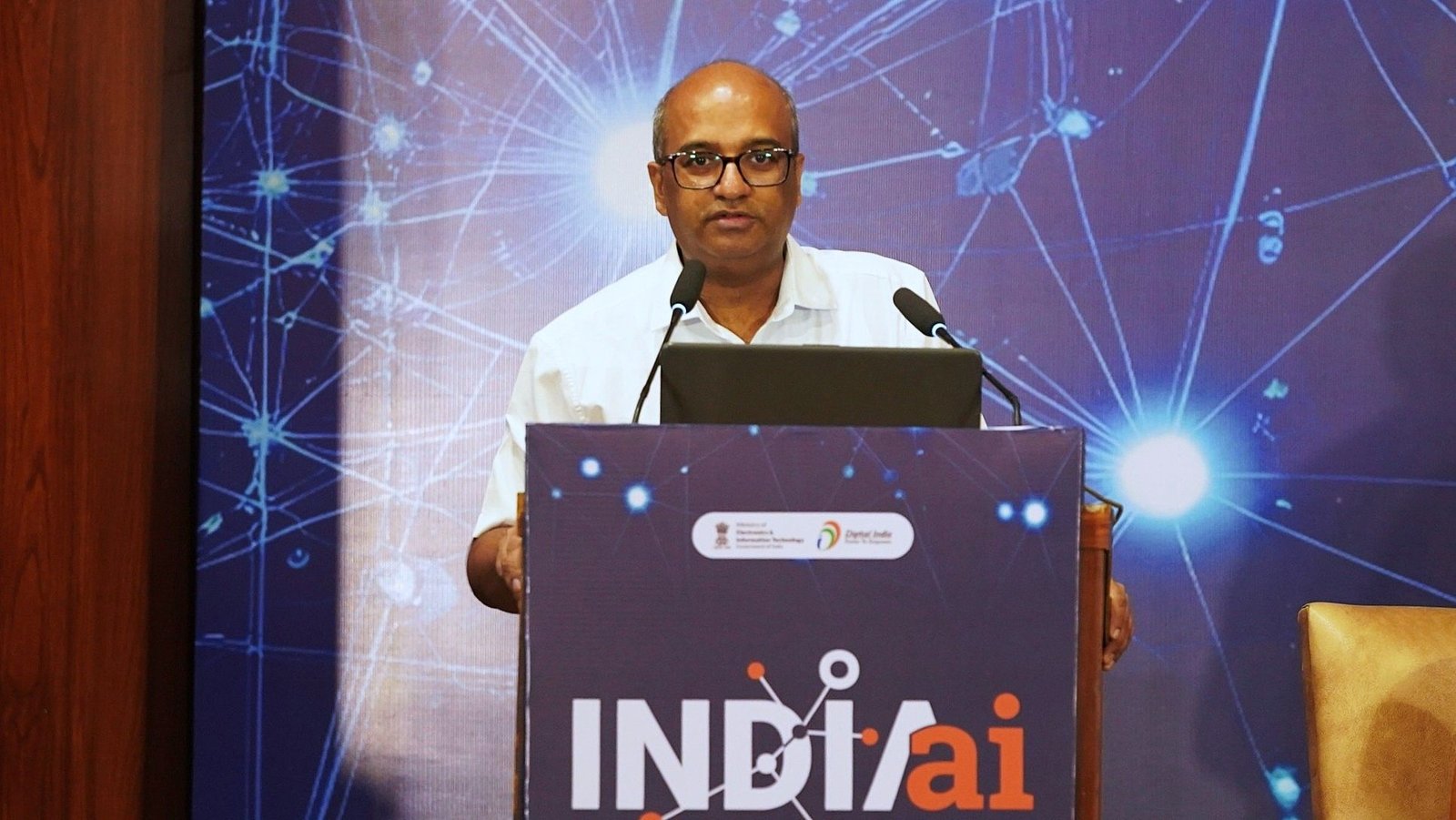Enabling India’s GCC momentum with future-ready workspaces


Edited excerpts:
How have the workspace needs of GCCs evolved over the past five years? What are they asking for today that they weren’t before?
Meghna Agarwal (MA): Demand from GCCs and MNCs has been a major growth driver for the office space sector in India post-pandemic. Today’s GCCs are no longer just about cost and talent arbitrage—they’re becoming portfolio hubs driving digital transformation and innovation.
A dual trend is emerging: existing GCCs are expanding into multi-functional centers, and new, smaller players are entering the market with niche digital and technological mandates.
Most new GCCs are setting up integrated offices covering engineering, R&D, IT, and BPM functions. There’s also a clear shift towards proximity to talent hubs and the preference for high-quality, tech-enabled spaces.
What are some non-negotiable infrastructure features GCCs look for when scouting locations?
(MA): Proximity to the talent pool remains a top priority, along with seamless access to public transportation. GCCs also insist on technology-integrated spaces, high-quality construction, and scalable infrastructure to support their long-term growth plans.
What role does IndiQube play in enabling fast-track GCC rollouts, especially when companies want to go from decision to launch in under 90 days?
(MA): With our plug-and-play model, we offer clients an end-to-end solution through IndiQube Grow, which caters specifically to enterprises and co-working tenants in talent-centric locations. This includes bundled value-added services (VAS), technology-enabled infrastructure, and seamless scalability, allowing GCCs to focus on their core business while we take care of the rest.
Can you share a case study where IndiQube helped a GCC go operational quickly, perhaps scale seamlessly, or have a unique spec?
(MA): A great example is Enphase Solar Energy Private Limited, the Indian subsidiary of Enphase Energy, Inc. We began our partnership in 2019 by leasing 67,000 sq. ft. of space at IndiQube Golf View in Bengaluru. As Enphase grew, we supported their expansion—leasing an additional 54,000 sq. ft. in 2022 and another 22,000 sq. ft. in 2023. The campus now spans 143,000 sq. ft. and is Platinum-certified by the Indian Green Building Council (IGBC) and CII.
How do you balance flexibility (e.g., seating, scaling) with security and compliance, especially for sectors like BFSI, life sciences, and consumer tech?
(MA): Our infrastructure is built to meet the high standards of regulated industries. We offer integrated facilities with AI-powered visitor management systems, public address and fire alarm systems, 24×7 security surveillance, and uninterrupted power backup. This attention to compliance allows us to serve a wide spectrum of sectors—from IT/ ITeS and engineering to healthcare, BFSI, aviation, and pharmaceuticals. In fact, GCCs make up over 44% of our clientele.
How are ESG considerations influencing workspace design today? Are companies actively asking for green certifications or inclusive layouts?
(MA): Absolutely. A recent survey shows that 60% of occupiers prefer green-certified buildings, making ESG a critical factor in workspace decisions. At IndiQube, we have been proactive in embedding sustainability across water, energy, and waste management. Our initiatives include rooftop solar installations across 19 centers, energy-efficient fixtures, rainwater harvesting, sewage treatment, EV charging stations, and the use of biodegradable consumables. We also operate a 20 MW solar farm, the first phase of which recently became operational, further boosting our clean energy goals. Currently, over 36% of our portfolio has received green certifications, and we’re actively upgrading legacy assets to meet green norms. This includes retrofitting standalone Grade B buildings into sustainable assets. We’ve also been recognized by the IGBC and CII as a ‘Green Champion’.
What patterns are you noticing in GCC demand for flexible workspaces in Tier II cities?
(MA): There’s a definite uptick. Non-Tier I cities now account for 220+ GCCs in FY24, up from 90+ in FY19. Cities like Ahmedabad, Coimbatore, and Vadodara are seeing strong momentum. States like Karnataka and Tamil Nadu are rolling out GCC-specific policies, like the Startup Tamil Nadu Policy and Karnataka Data Center Policy, which are helping drive this shift.
How do workspace expectations differ between Tier I metros and Tier II cities?
(MA): While the fundamentals remain the same, Tier II cities bring more demand for cost optimization and localized operations. Post-COVID, we saw talent preferring to work closer to home. Responding to this, we entered non-metro markets, starting with Coimbatore in FY22. Our success in that city helped shape our approach to others. Today, our presence across eight Tier I cities and six non-Tier I cities allows us to serve a broad spectrum of enterprise needs— scalable, cost-effective, and tailored.
What are the top three workspace trends shaping the future of GCCs in India?
(MA): First, decentralization. GCCs are looking beyond metros to de-risk and tap into wider talent pools. Second, sustainability and ESG alignment. And third, the shift from cost centers to innovation hubs, with GCCs now driving digital transformation and product development for their HQs.
If you had to create a “workspace features checklist” for a GCC in 2025, what would it include?
(MA): Five must-haves: access to public transportation; green-certified, sustainable infrastructure; on-site food and beverage services; smart, tech-enabled workspaces; proximity to retail and lifestyle amenities.
This article is excerpted from YourStory’s latest report, ‘Building Tomorrow’s GCCs’.
For more insights, frameworks, and case studies, [download the report here].
Discover more from News Hub
Subscribe to get the latest posts sent to your email.







